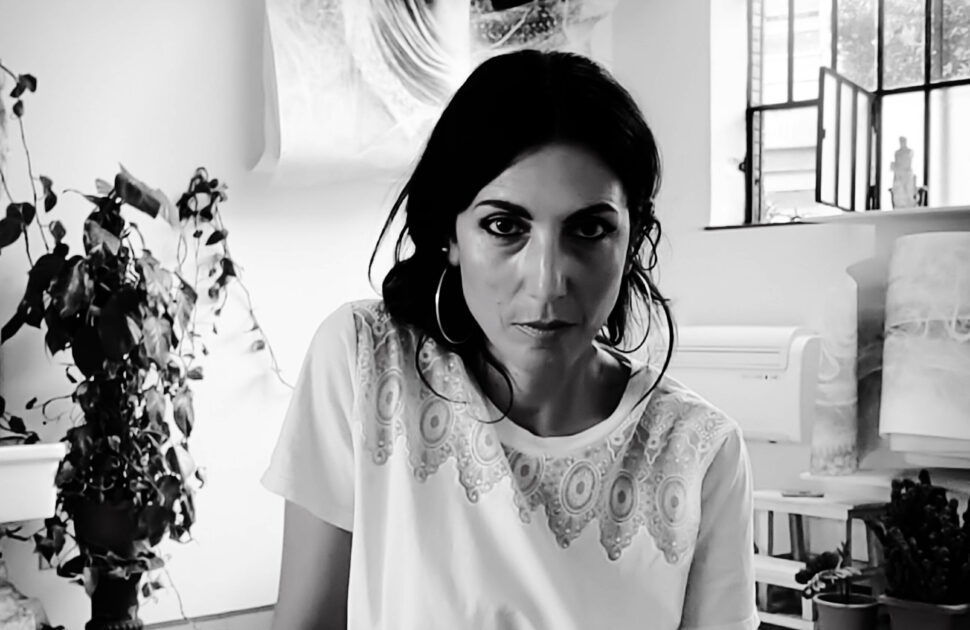
SARA BERNABUCCI
In 2007 Sara Bernabucci graduated in painting from the Academy of Fine Arts in Florence. Selected for the Manifattu in situ residency she continues her training with the artist Hidetoshi Nagasawa. In 2008 she won the Muvin up call with the project Empty city\mutant place realizing the first major site-specific work One hundread flowers on the outskirts of Beijing. His work grows and develops mainly abroad through fellowships and international projects between Beijing (ArtChannelGallery), Rabat (Karim Bennani Foundation), Berlin (UrbanNationMuseum fellowship https://urban-nation.com/artist/sara-bernabucci/ ).
Solo exhibitions (selection):
2008 “Empty city\mutant place” Galleria Art Channel, Beijing (curated by Filippo Salviati and Ambra Corinti) 2009 “Without losing the thread” Galleria Marte, Rome (curated by Lea Mattarella) 2010 “Signe et corps” Teatro dei Dioscuri, Rome /Galerie Bab Lakbir, Rabat. Sponsored by the Embassy of Morocco and the Lazio Region (curated by Giulia Giovanardi and Abderrahman Benhamza). 2014 “Scenographies in transparency” among the winning projects in the “Other existences” competition, Teatro Valle, Rome. 2019 “Skin-line Project” Urban Nation Museum, Berlin / MACRO Museo, Rome (curated by Yasha Yung and Janine Arndt). 2022 “Open Cluster, at the memory of ” Castelnuovo photography ( curated by Michela Becchis).
Upcoming events:
Gallerati Gallery, solo exhibition curated by Michela Becchis
PROJECT TITLE FOR SEMINARYSOGNINTERRA23
THE ROOM OF STEPS
How important is the past for imagining and building the future?
I believe that the past and the future are not rigid and static categories, but fluid. As in dream imagery in which we are able to insert elements of our history to tell about something we are experiencing. Art in a similar way has this ability to draw on a collective heritage of places, images and memories and regenerate it in the present.
What are the elements you would like to/and work on further?
On documenting residential practices and giving back to the public. I am never satisfied with how I am able to tell the public about the process, stages of work and encounters that take place during a residency. Having the means, I would like to experiment and investigate different modalities.
Tell me more about the work for Seminaria.
The work was born out of a meeting with Mimmo, the owner of the space where I am going to make the installation. Following his story, I discovered that a cobbler worked there until a few years ago. Along the worn walls of the store, the work area is still visible, where the furniture has worn away the plaster. I imagined that shapes emerged from those traces, almost as if from a natural ooze. Starting from the wooden forms the cobbler used to make shoes, I thought about 200 wax sculptures to be set up along the walls. A second work will be in the room in front of the workshop and composed of papers laid on the floor that mirror the division of the ceiling joists. The papers will also be filled with traces made through the sedimentation of pigments and graphite powder. Initially the work was to be installed on the ceiling then seeing that the room is full of objects deposited on the floor and unused, I imagined that the papers like the rest should also be simply laid down, as if they had always been abandoned there.
A project you haven’t been able to do, but would like to do?
An itinerant and “domestic” artwork. I imagine making a work that is “adopted” from house to house within a village or small community and that from each house the work would “retain” some new element. I would like to give it a circular structure, that is, to imagine that after exactly one year from the beginning, we would be in the same house where it all started and observe how the work has transformed after all the places it has passed through.
La paper is a constant within art history, an archetypal medium but still in full use given its effectiveness and simplicity. Free to be contaminated and uncovered the paper allows itself to be stained by the graphite you apply through unusual “matrices.” How does the collection of these matrices take place? On what basis do you operate the selection?
Generally the selection takes place over time, by being in place and putting myself in listening. Like a sieve the stories I hear, the people I meet, the very space I pass through guide me in my selection. I never operate with predetermined criteria, but only at the end looking at the arrays I have held back does the composition of things become clear to me.
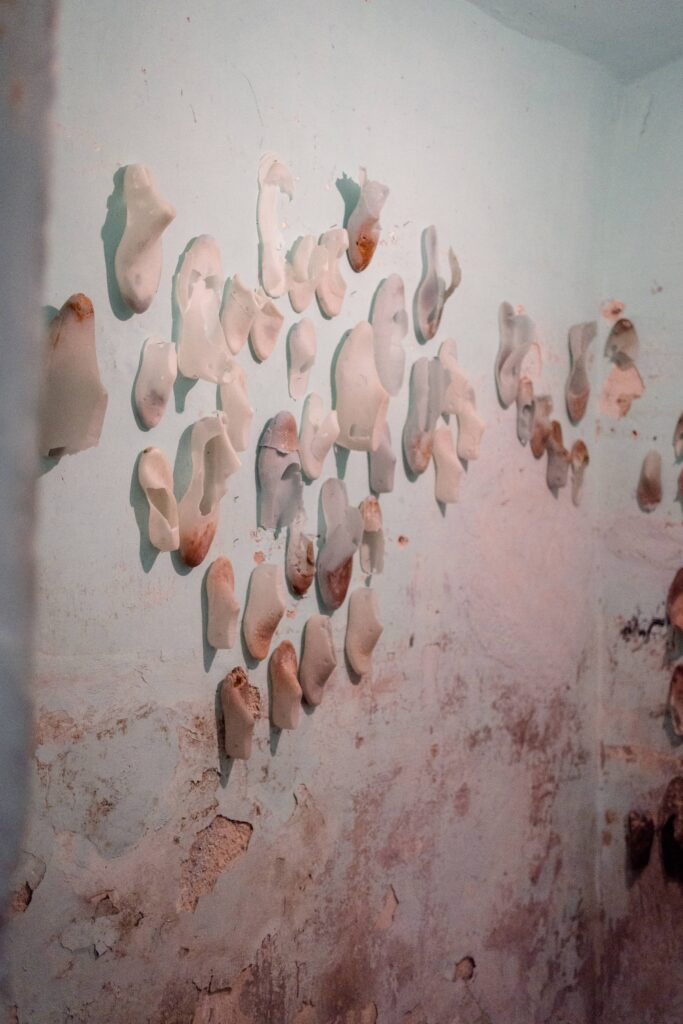
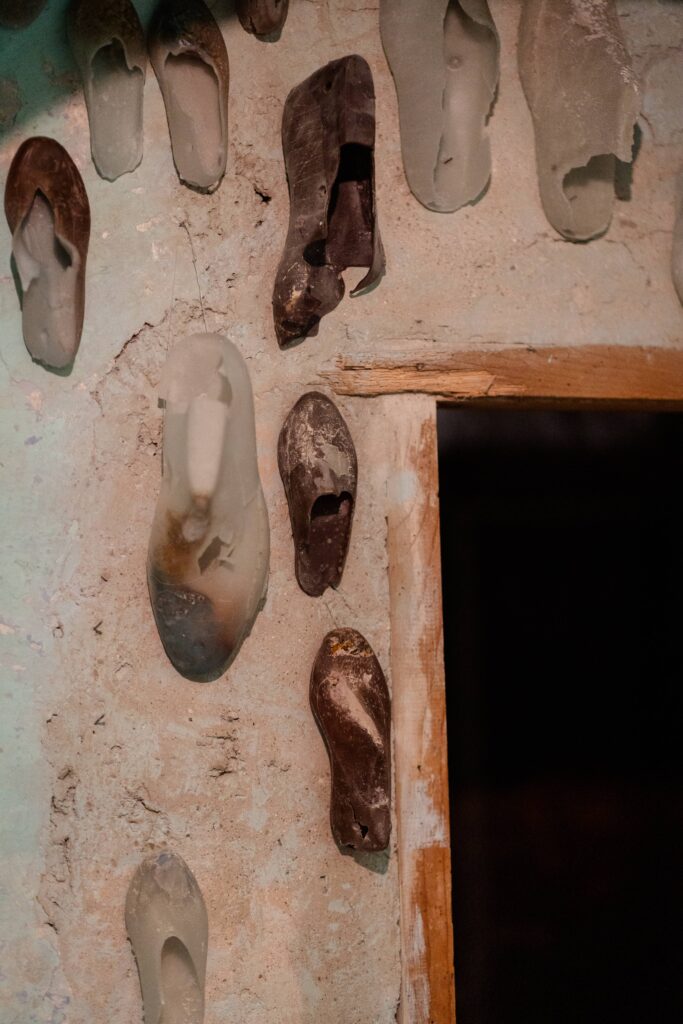
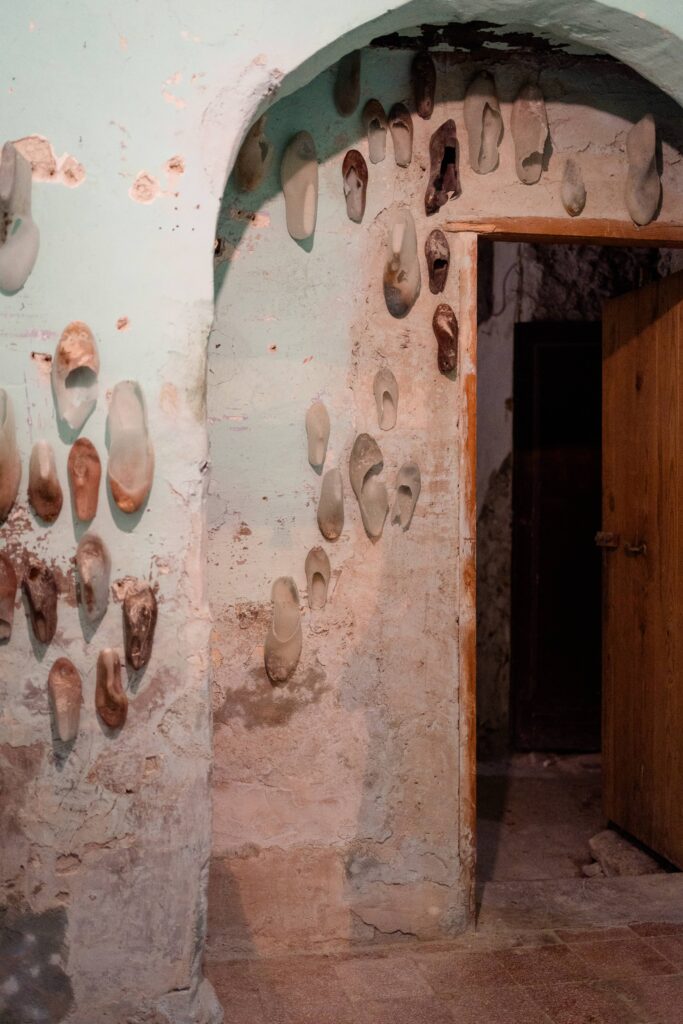
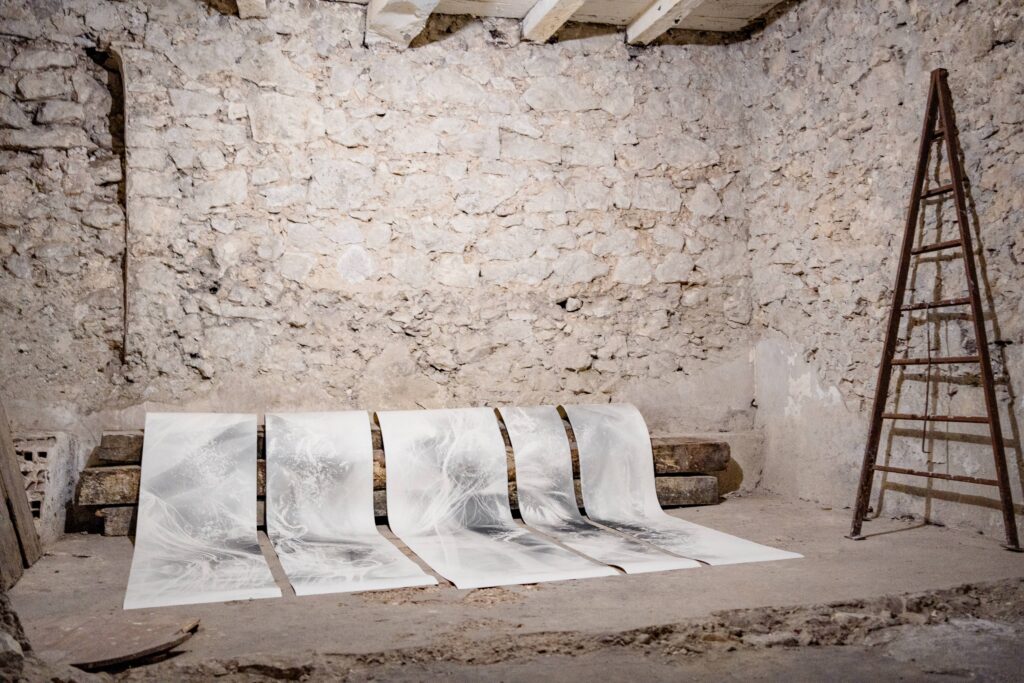
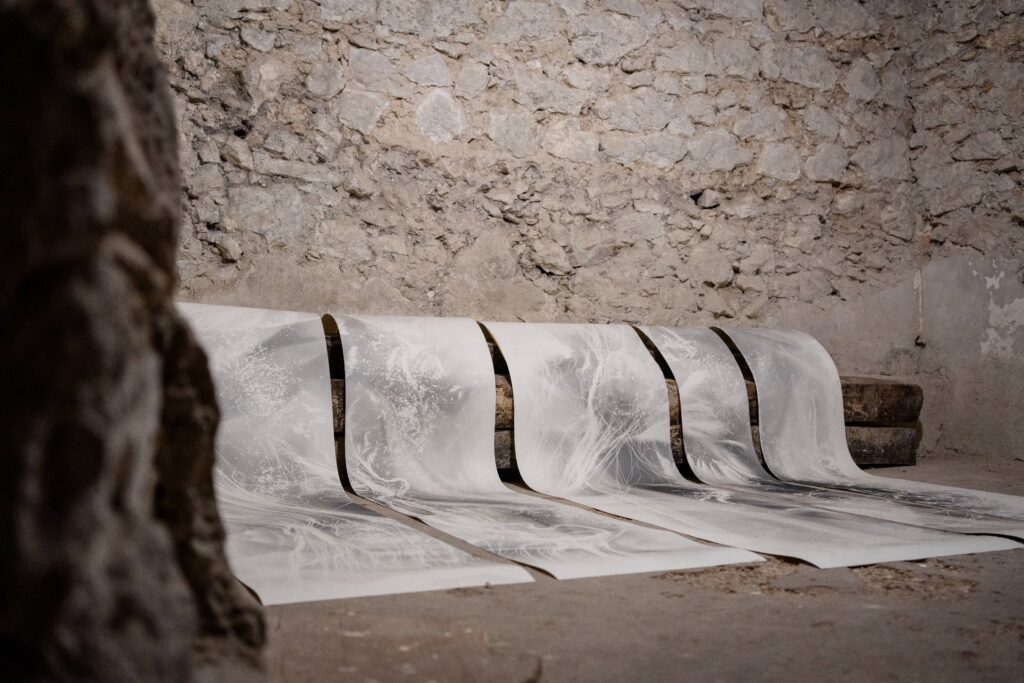
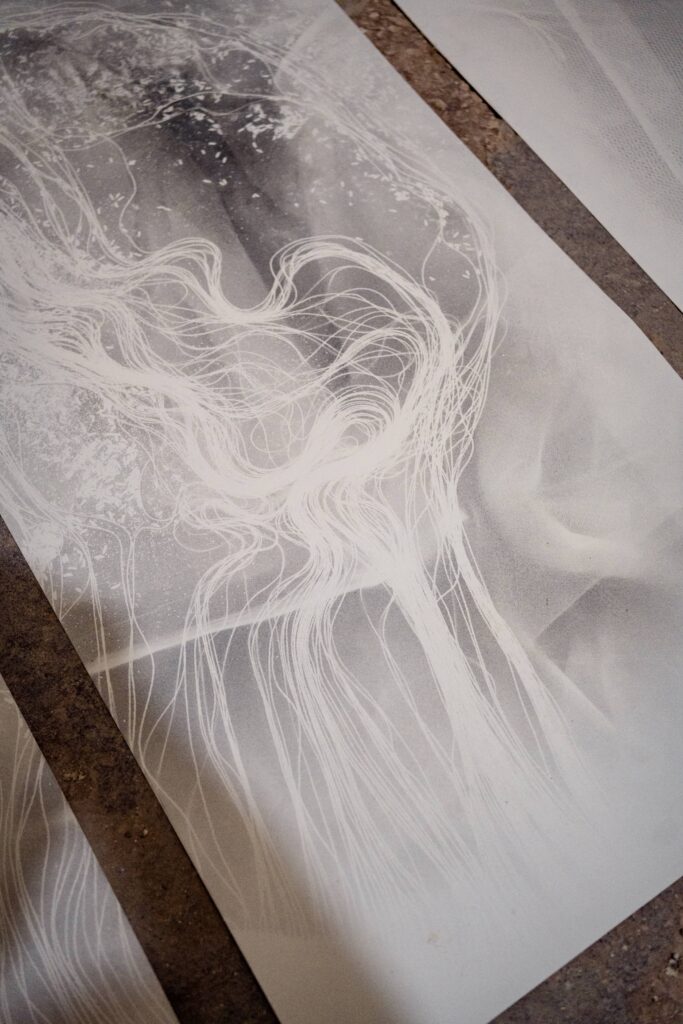
This post is also available in:
Italiano (Italian)
